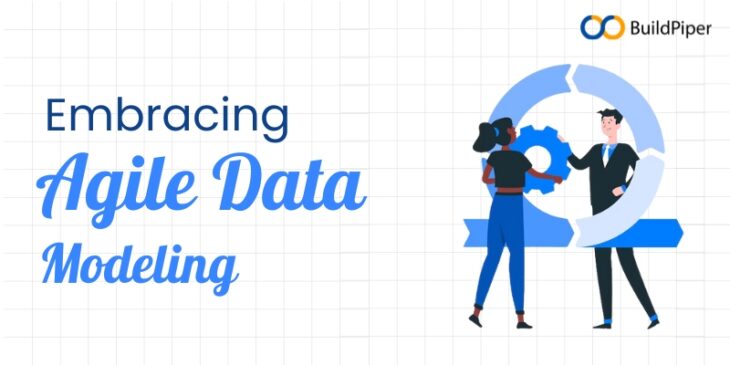
Embracing Agile Data Modeling empowers technology professionals to foster innovation and enhance collaboration across teams to improve business agility. Agile Data Modeling emerges as a powerful methodology for ensuring data integrity, scalability and relevance in an ever-evolving business landscape. Here, in this blog, we’ll discuss what is Agile data modelling, its benefits, the value it brings to businesses across the globe and how it helps in system administration and automation.
Agile data modeling ensures that a company can quickly and effectively use big data analytics to stay competitive. But for agile data modeling to be successful, it is necessary to have a thorough grasp of the data, including its statistics, the databases involved, the demand on those shared resources, the use cases and intentions of the data consumers, security restrictions, etc. Because of this, analysts want platforms that are both operationally large and adaptable enough to accommodate the investigative aspects of their work. The adaptive analytics fabric is a new type of platform needed to accomplish this. Let’s read in detail about Agile Data Modeling here, in this blog!
What is Agile Data Modeling?
Agile data modeling can be referred to as a methodology for effective modeling of data structures within a software system in an agile environment. It is an adaptable and team-based method for building and managing data models to improve business agility. It involves techniques for iteratively designing, refining and evolving the data model alongwith DevOps automate and product development. Agile data modeling aims to ensure that the data requirements of the system are effectively captured and implemented in a flexible and adaptive manner.
Best DevOps Practices Based on the Agile Principles
DevOps has established a set of techniques and principles that are based on agile ideas such as adapting to constant change, collaborating with customers and individual
interaction. These include:
- Bringing value to the customer: Teams should introduce smaller, more frequent and continuous software releases to add value for the customer.
- Delivering working software: Provide functional software in a shorter amount of time. DevOps seeks to deliver minor software upgrades over a few hours, whereas Agile concentrated on delivering over a few weeks.
- Support Changes: Enable quick changes anytime the customer requests for it. The software development process should be adaptable enough to accommodate and comfortably implement any changes requested by the client. This helps in seamless system administration and automation.
Business Value of Agile Data Modeling
Agile data modeling offers several key benefits that translate into significant business value and help in cloud infrastructure management. Here are some of the benefits of Agile Data Modeling.
Adaptability and Flexibility
- Reduced time to market: By implementing Agile Data Modeling, technology teams can launch projects and features more quickly. They can take advantage of possibilities by iteratively developing and improving the data model with changing business needs.
- Saves time: The agile methodology reduces the need for making lengthy, time-consuming rewrites when requirements change thus saving time and money.
- Improved alignment with business requirements: Using the agile data methodology ensures that the current data model being used in the software system meets business requirements.
Improved Quality and Efficiency
- Early Identification of Issues: Through iterative sprints and model validation, potential problems can easily be identified at an advanced stage. This prevents costs and reduces delivery time in CI/CD pipeline delivery.
- Simplified Maintenance and Scalability: Agile models prioritize simplicity and extensibility. This makes it easier to maintain and adapt them for enhancing future growth and helps in cloud infrastructure management.
- Enhanced Data Quality: Clearer communication and collaboration between data teams and business users lead to better data understanding and quality.
Other Benefits
- Reduced technical debt: Agile methodology approaches minimize the accumulation of technical debt. This, in turn, ensures long-term data management efficiency and improves business profits.
- Improved developer productivity: Well-defined and simplified data models enable developers to focus on building applications without data structure concerns. This methodology can also be used in DevOps automate process.
Overall, agile data modeling provides a flexible, collaborative and iterative approach to managing data. This ultimately delivers significant business value through improved decision-making, faster innovation and reduced costs.
Do you have any specific questions about how agile data modeling could benefit your organization? Contact us NOW!
Wrapping it ALL
Agile Data Modeling offers a dynamic approach to data management that aligns seamlessly with the iterative and collaborative nature of Agile software development methodologies. By emphasizing flexibility, adaptability and continuous feedback loops, Agile Data Modeling enables teams to efficiently respond to evolving business needs, mitigate risks in seamless CI/CD pipeline delivery in DevOps and deliver high-quality data solutions that drive value for organizations.



